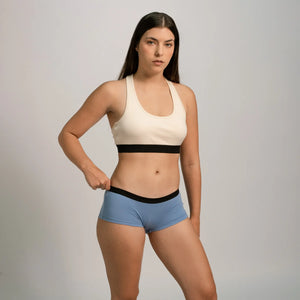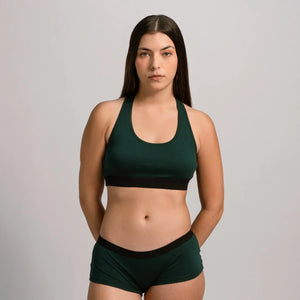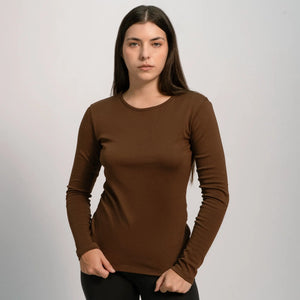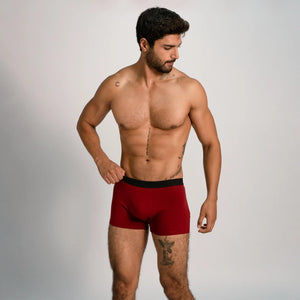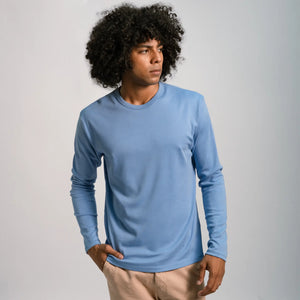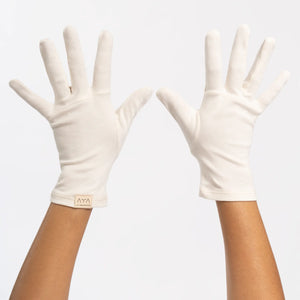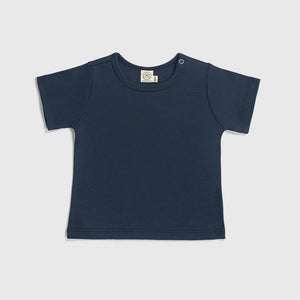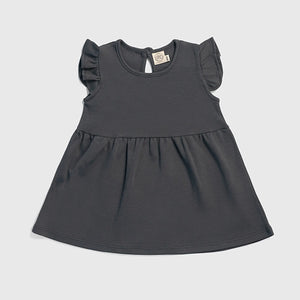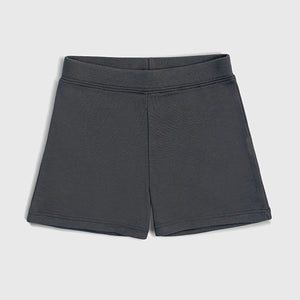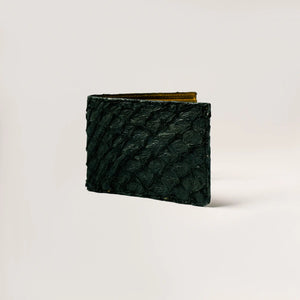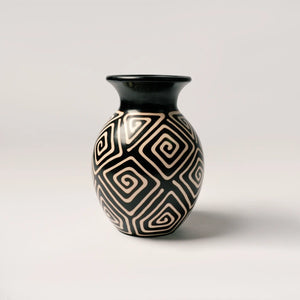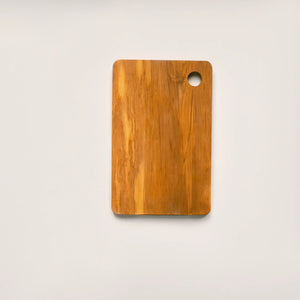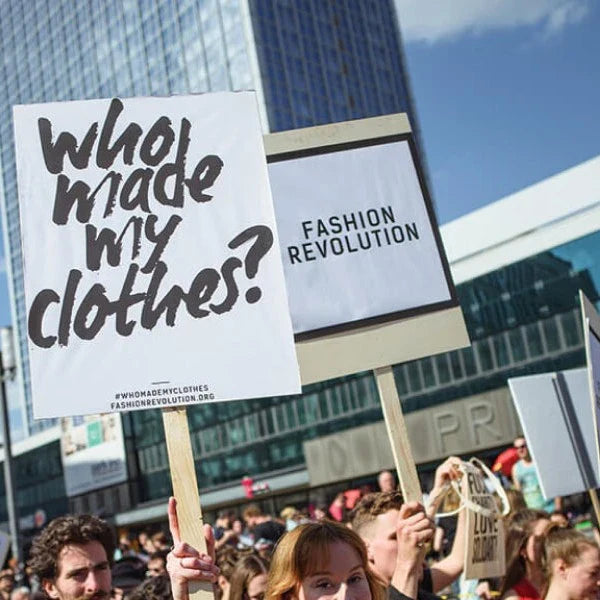Evolution of Fashion:
The Path That Fashion Took Before Becoming a Mass Industry

AYA | OCTOBER 22, 2024
READING TIME: 6 minutes
The fashion industry has experienced dramatic shifts throughout history, reflecting the social changes and economic developments of different eras. This blog post looks at the evolution of fashion, the changing behavior of the market and how moments in history led fashion—originally just a branch of the textile industry—to become an industry.
Fashion Before the 20th Century: A Symbol of Social Status
Before the 20th century, all cultures, monarchies, and civilizations designated specific garments for their socioeconomic classes, with only the nobility having the freedom to choose or alter their outfits and accessories. During this period, women were often seen as the "creatures of fashion"—a term coined by sociologist Thorstein Veblen— representing the advancements in the clothing industry. [1]

Characteristic outfits from the 1890s

Characteristic outfits from the 1910s
However, in a deeply patriarchal society, this view was perpetuated to underscore the vanity and meticulous nature attributed to women, while studies suggest that this perception was a construct benefiting the male-dominated society of the time. This period also witnessed the emergence of a significant fashion milestone known as "The Great Renunciation". [1]
Early 20th Century Fashion Standards: From Opulence to Practicality
Enter "The Great Renunciation", a turning point that signaled a major shift in fashion standards. This era marked a move away from opulence toward practicality. Men began to embrace a style that was elegant yet understated [2], focusing less on the intricacies of their attire. This shift wasn't just about aesthetics; it was part of a broader change in global fashion.
With the rise of standardized clothing across all social classes, production boomed from the 19th to the 20th century. Women’s fashion, in particular, took center stage in setting trends, reflecting both changing tastes and societal norms [3]. This move toward more practical and standardized fashion had economic benefits, aligning well with the interests of capitalist governments. The simplicity of fashion at this stage in history was largely the weapon used by politicians to gain more sympathy and support from the population.
So, while it might have seemed like a fashion revolution, it was also a strategic political maneuver [3]. The transition from opulence to practicality wasn’t just about what people wore;it was about reshaping society and politics through their wardrobes — companies such as Dior and Schiaparelli led this change [1].

Changes produced by the "Great Renunciation".
Image (1): Before the “Great Renunciation” Image (2): After the Before the “Great Renunciation”. Give up accessories such tall canes and hats. Transition from tall animal skin for hats made of straw [4].
The Roaring '20s and War-Time Influences: Fashion’s Radical Changes
During World War I and the 1920s, women stepped into roles previously held by men, leading to a rise in fashion trends that emphasized freedom and rebellion against traditional norms. Post-war, with a higher female population and a desire for liberation from wartime constraints, fashion saw the emergence of unisex lines—clothing lines that can be used by men and women—and menswear-inspired pieces for women. [1] These changes set the stage for the continued blending of masculine and feminine styles.
The Great Depression and World War II: A Shift to Mass Production
The 1930s were a time of dramatic change in the fashion world, thanks to the aftermath of the stock market crash. Haute couture, known for its exclusive and elaborate designs, came to a halt across the globe. As a result, companies such as Chanel, Dior, Balenciaga had to restructure their clothing lines towards simpler fashion and more streamlined styles emerged for both men and women [5], a trend that continued into the 1940s, greatly influenced by World War II. Innovation in fashion slowed down, and the emphasis shifted toward mass-produced, standard garments.

Image (1): Dior Haute Couture Dress - Price in the 40s: $1 000 to $2 000 [6] (At today’s exchange rate $10 000 to $20 000). Image (2): Generic Dior Dress - Price in the 40s: $300 to $500 [6] (At today’s exchange rate $3 000 to $5 000).
Companies like Dior did not stop producing haute couture lines, but they started new lines of less sophisticated and lower-priced styles like the one shown in the image, since their construction was simpler and aimed at use in various jobs. This way, people could aspire to have outfits from prestigious brands.
The interwar period brought with it new marketing principles, driven largely by opportunism. With global political instability pushing societies to seek independence and forge unique identities, the term "modern" became synonymous with any change embraced by these emerging nations, a meaning not far from its original meaning, modern meaning pertinent to today. [7]
“Fashion became a key avenue for self-expression, encouraging people to emulate the styles of those they admired, regardless of their social standing”. [1]
Yet, in an era before globalization and the widespread reach of magazines, newspapers, and catalogs, how did fashion manage to transition to mass production and large-scale clothing sales? Enter synthetic fibers. The invention of these materials was a game-changer, enabling fashion to evolve into a booming industry and making trendy, affordable clothing accessible to a broader audience. Read more here.
Glossarykeywords
Haute couture:
Refers to the creation of exclusive garments tailored to the client. When a company launches a line of haute couture clothing, production is limited.
Synthetic fibers:
Fibers made from non-organic materials, i.e. mostly derived from hydrocarbons (oil compounds).
The Nobility:
The group of people belonging to the noble class of a country that refers to a hereditary or honorary title.
Glossarykeywords
Haute couture:
Refers to the creation of exclusive garments tailored to the client. When a company launches a line of haute couture clothing, production is limited.
Synthetic fibers:
Fibers made from non-organic materials, i.e. mostly derived from hydrocarbons (oil compounds).
The Nobility:
The group of people belonging to the noble class of a country that refers to a hereditary or honorary title.
References:
[1] Riello, G. (2016). Brief history of fashion. [1] 2016.
[2] BBC. The rise and rise of the shipping container. BBC News [Internet]. 2013 Jan 17 [cited 2024 Sep 25]. Available from: https://www.bbc.com/news/magazine-21151350
[3] Fundación Universitaria de Popayán. Oblicua Journal [Internet]. [cited 2024 Sep 25]. Available from: https://www.fadp.edu.co/revista-oblicua/
[4] British Newspaper Archive. [Internet]. [cited 2024 Sep 25]. Available from: https://www.britishnewspaperarchive.co.uk/
[5] The National News. The birth of haute couture: a brief history [Internet]. 2022 Jan 28 [cited 2024 Sep 25]. Available from: https://www.thenationalnews.com/lifestyle/luxury/2022/01/28/the-birth-of-haute-couture-a-brief-history/
[6] New York Journal of Books. Dior by Dior [Internet]. [cited 2024 Sep 25]. Available from: https://www.nyjournalofbooks.com/book-review/dior-dior
[7] Vogue Italia. February 25th [Internet]. 2011 [cited 2024 Sep 25]. Available from: https://www.vogue.it/en/magazine/editor-s-blog/2011/02/february-25th
You don't have to put all the weight on your shoulders. Every action counts. At AYA, we fight microplastic pollution by making a 100% plastic-free catalog.
Visit Our Shop →You May Also Like to Read...
Trump’s Plastic Rollback: How It Threatened Sustainable Fashion Growth
Explore how Trump’s plastic policies impacted sustainable fashion’s growth and consumer demand. Also, learn how to navigate these regulatory challenges.
Fair Trade World Day: Why Ethical Fashion Can’t Wait
This Fair Trade World Day, explore why ethical fashion is urgent. Discover the hidden cost of fast fashion—and how fair trade offers a way forward.
Exploring the Environmental Impact of Conservation Efforts
Explore how environmental art and activism, from land installations to protests, often leave unintended ecological scars where conservation efforts clash with sustainability.
Fashion Revolution Day 2025: Mending Sustainable Fashion
Fashion Revolution Week 2025: Learn how transparency transformed luxury brands like Gucci. Act now for garment workers’ rights & sustainable innovation.
